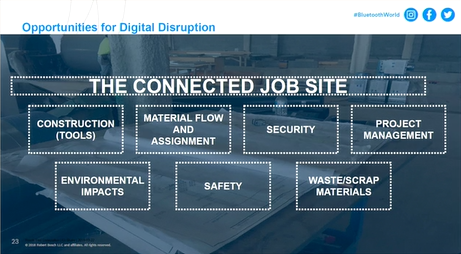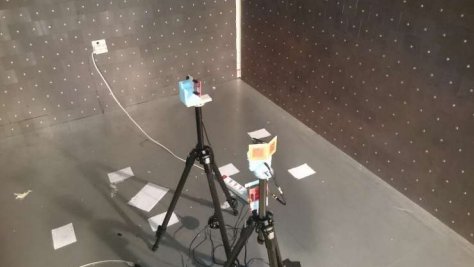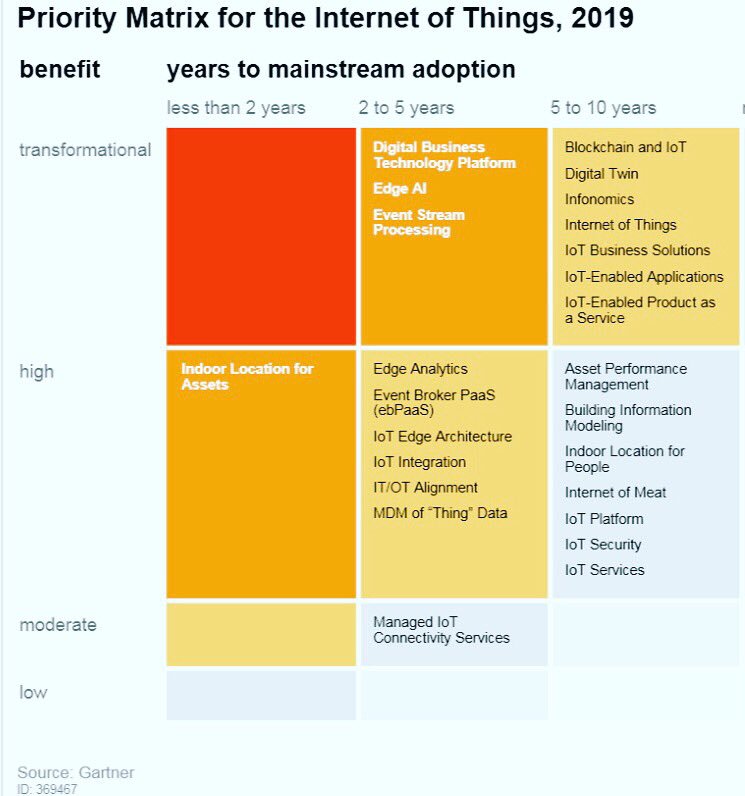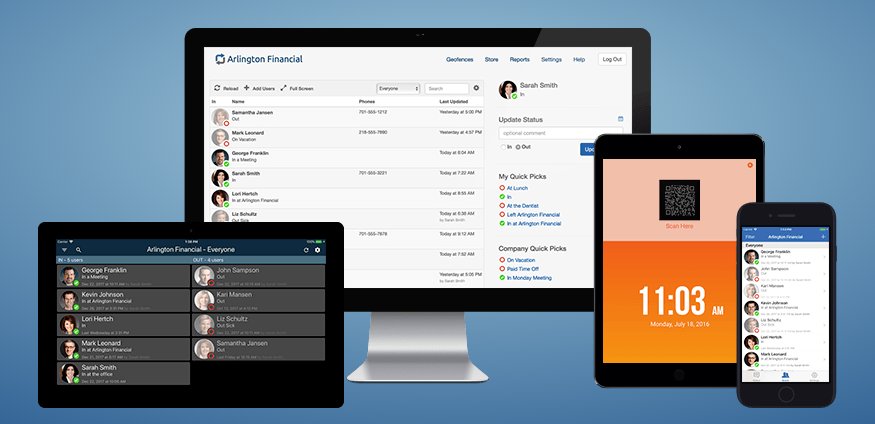We have re-implemented our Beacon Solutions Directory making it easier to use and more up to date:
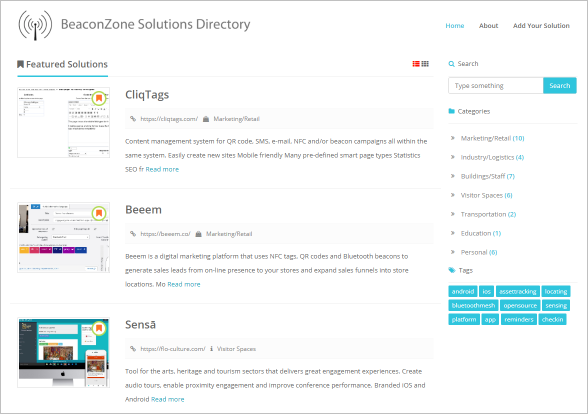
We have removed listings for solutions that no longer exist, updated solutions that have changed focus and added some newer solutions that use generic beacons.
We found that a considerable number of marketing/retail solutions no longer exist and only the stronger ones remain. This is mainly due to the demise of Eddystone URL.
There’s an upsurge in checkin/checkout solutions presumably partly due to recent ruling by the European Court of Justice that said that EU companies must have something in place to provide an “objective, reliable and accessible system” that allows the duration of time worked each day to be measured.
The use of beacons in visitor spaces is also a growing area with solutions ranging from single use kiosks to event management platforms.
Generally, support for beacons is being added to existing, mature solutions rather than, as previously, new solutions being created solely around beacon functionality.
